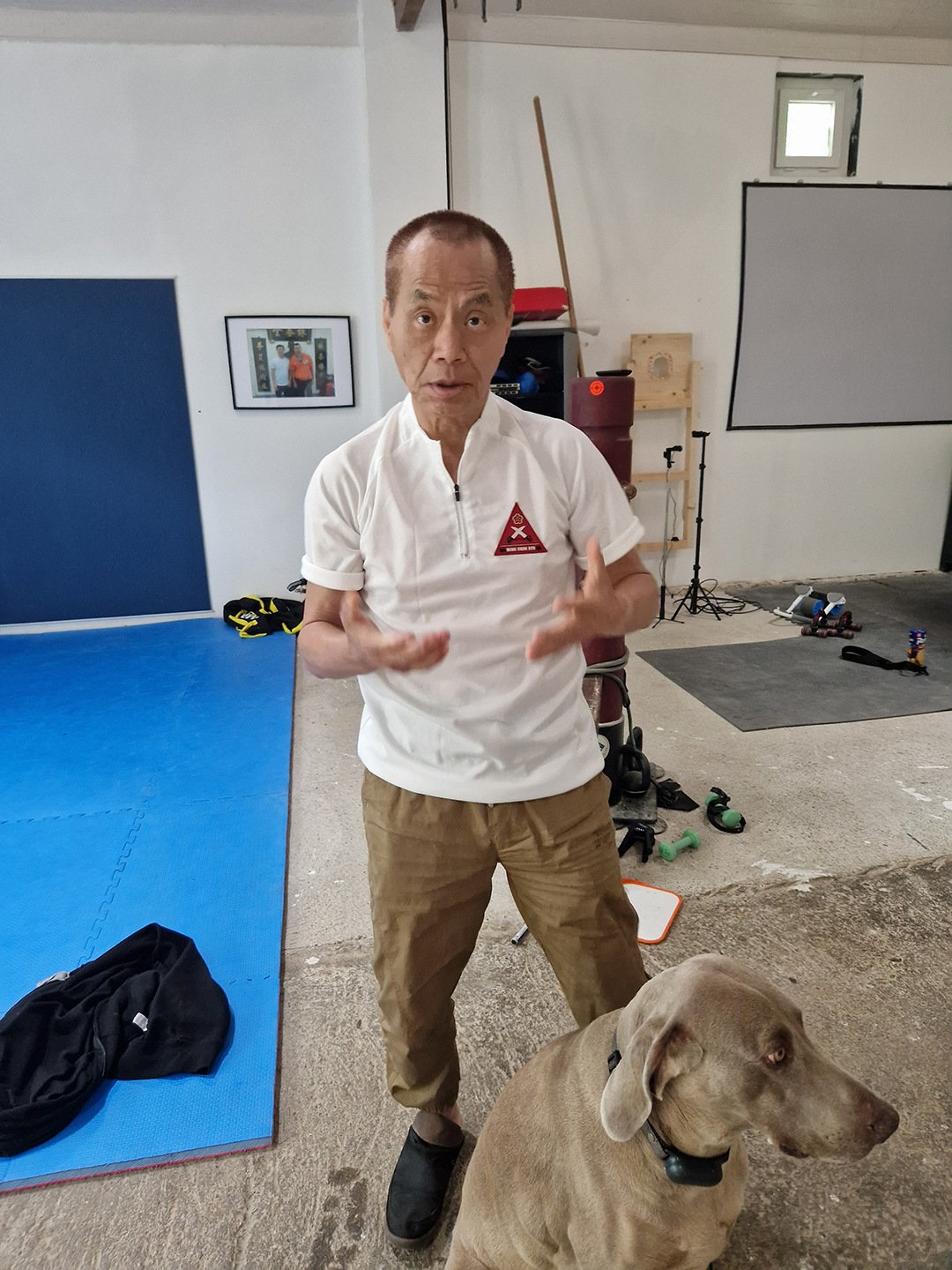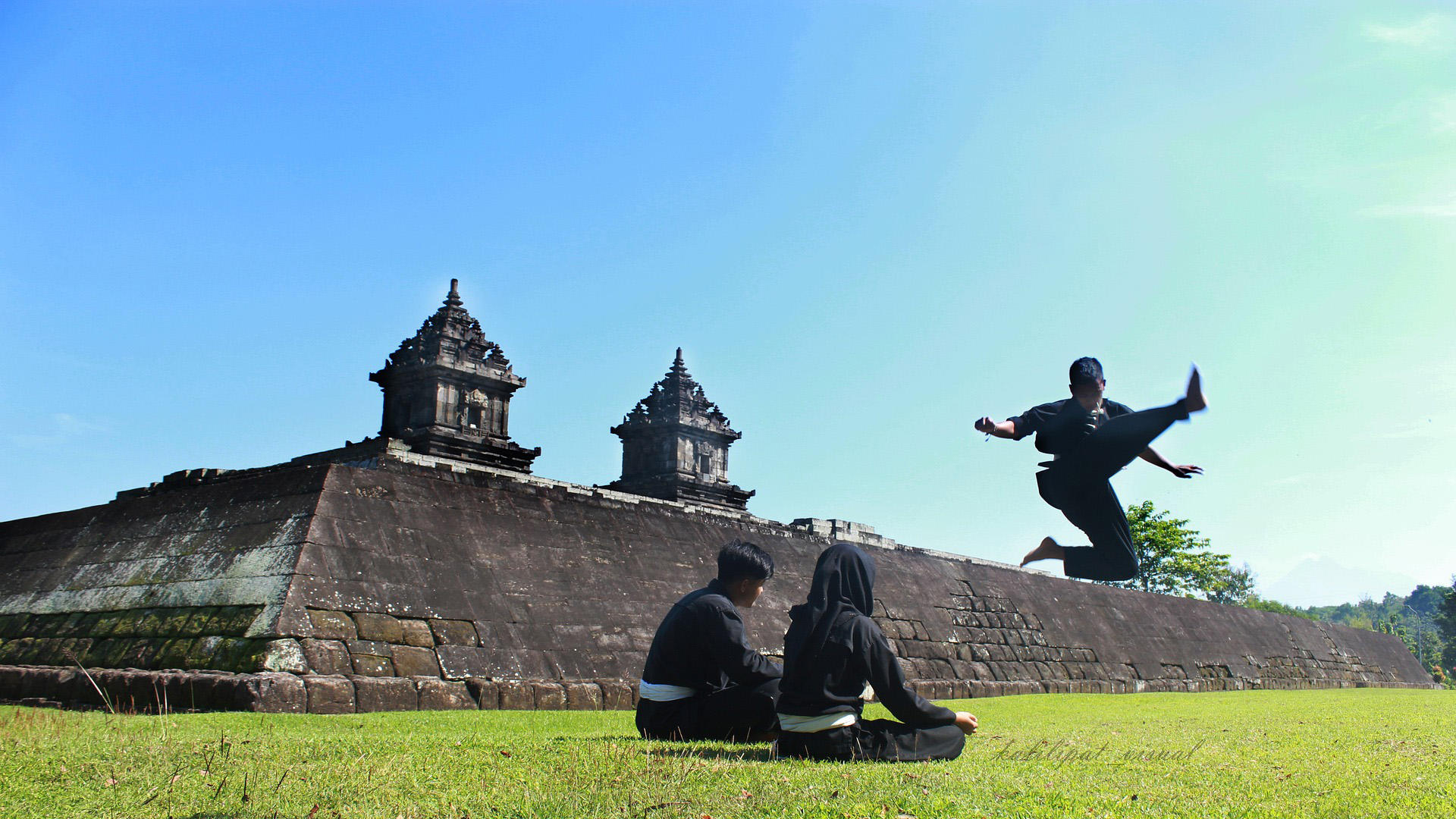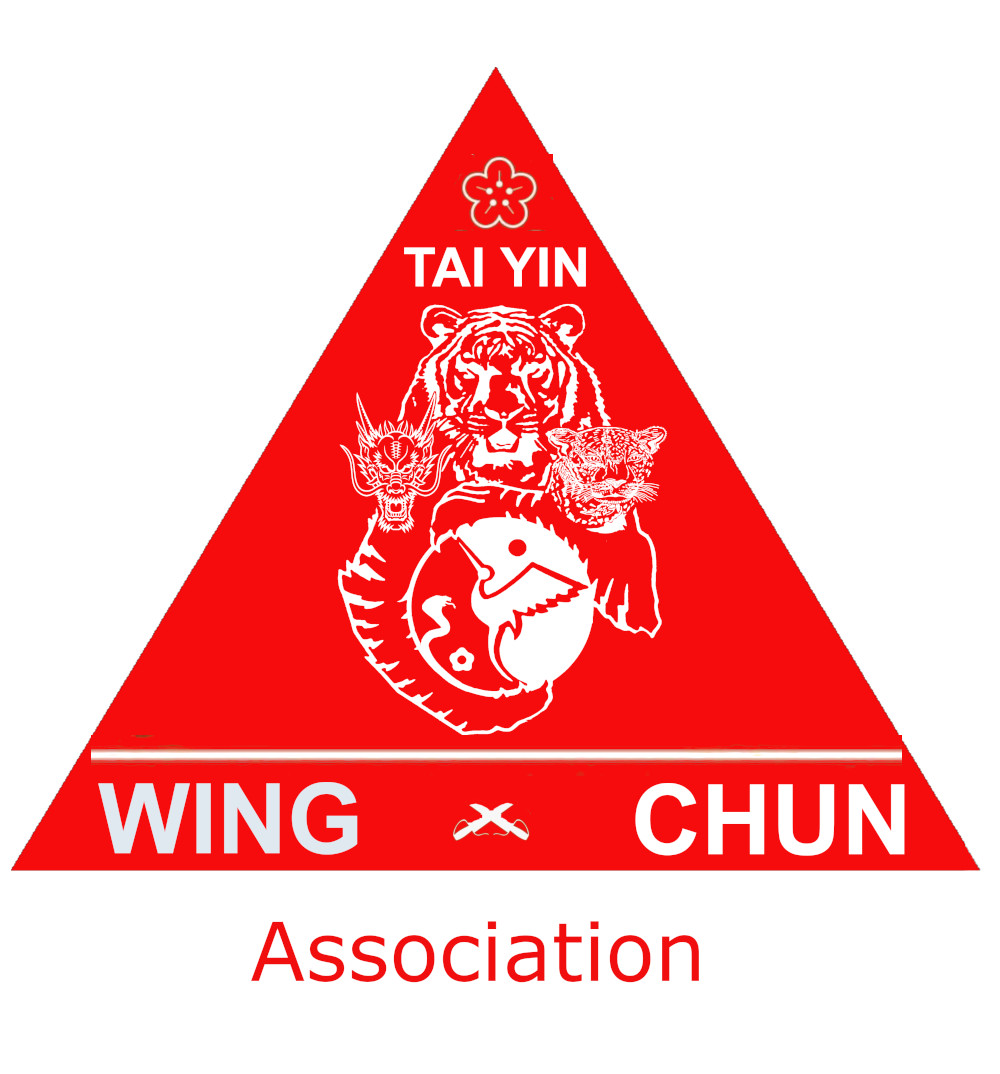
Wing Chun Kung Fu vs Karate
Have you ever wondered who would come out on top in a duel between Wing Chun Kung Fu and Karate? This article does not aim to declare an absolute winner but rather to explore the nuances, techniques, and philosophies of these two iconic martial arts. Whether you're a curious novice or an experienced practitioner, this detailed analysis will offer you valuable insights into the similarities and differences between Wing Chun Kung Fu and Karate.
What is Wing Chun Kung Fu?
Wing Chun is a kung fu style originating from China, known for its efficient and direct approach to close combat. It emphasizes relaxation, rapid movements, and effective striking techniques. Legend has it that this style was developed by a woman, which explains its focus on technique rather than brute strength.
Main Characteristics of Wing Chun:
- Simplicity: Simple and direct movements.
- Efficiency: Maximizing impact while minimizing effort.
- Flexibility: Quickly adapting to the opponent's actions.
What is Karate?
 Karate is a martial art developed in the Okinawa archipelago of Japan. It is characterized by powerful striking techniques, including punches, kicks, and blocks. Karate also teaches mental and physical discipline, emphasizing character development through rigorous practice.
Karate is a martial art developed in the Okinawa archipelago of Japan. It is characterized by powerful striking techniques, including punches, kicks, and blocks. Karate also teaches mental and physical discipline, emphasizing character development through rigorous practice.
Main Characteristics of Karate:
- Power: Extremely powerful kicks and punches.
- Discipline: Strong emphasis on respect and self-control.
- Self-Defense: A wide range of defensive techniques.
Comparison of Styles
When comparing "Wing Chun Kung Fu vs Karate," several aspects must be considered:
- Technique and Training:
- Wing Chun: Focus on fluid movements and quick counterattacks.
- Karate: Teaches powerful strikes and solid blocks to neutralize the opponent.
- Philosophy:
- Wing Chun: Aims to neutralize the opponent with as few movements as possible. Historically, even to kill the opponent, as it is an anti-Manchu martial art.
- Karate: Seeks to develop the body and mind, with an emphasis on endurance and perseverance.
- Combat Approach:
- Wing Chun: Prefers close-range combat and quick adaptation.
- Karate: Uses space and the range of strikes to dominate the opponent.
- 3D Vision in Wing Chun:
 3D vision is an essential skill in Wing Chun, a Chinese martial art focused on efficiency and reactivity. This ability allows the practitioner to perceive and interact with their environment in a more intuitive and precise way. In Wing Chun, understanding angles, particularly 45° angles, plays a crucial role in executing movements and techniques for both defense and attack.
3D vision is an essential skill in Wing Chun, a Chinese martial art focused on efficiency and reactivity. This ability allows the practitioner to perceive and interact with their environment in a more intuitive and precise way. In Wing Chun, understanding angles, particularly 45° angles, plays a crucial role in executing movements and techniques for both defense and attack.- 45° angles are fundamental for structure and positioning in Wing Chun. By positioning the body or limbs at these angles, strength and stability are optimized while minimizing vulnerable areas. For instance, during lateral movement or evasion, the body often moves at a 45° angle to avoid an attack while preparing to counterattack. These angles also help maintain a balanced and aligned posture, which is essential for a quick and effective response.
- The physics of moving a human body in space in Wing Chun relies on principles of biomechanics and dynamics. When a practitioner moves, they use rotation and pivoting techniques to generate force and momentum. For example, by pivoting on the ball of the foot, the practitioner can quickly change direction without losing balance, while maintaining a posture ready for action. Weight distribution also plays a crucial role; by keeping the weight centered and low, the practitioner increases stability and the ability to absorb and redirect forces.
- Movements in Wing Chun are also characterized by the optimal use of muscles and joints. Each movement is designed to maximize efficiency while minimizing effort and the risk of injury. This allows practitioners to strike with precision and power while remaining mobile and reactive.
FAQ
Q: Is Wing Chun better than Karate? A: It all depends on what you are looking to achieve with your martial arts practice. Wing Chun may be more suitable for those who prefer a close-range and focused combat style, while Karate may be more appealing to those who enjoy a more disciplined and broadly powerful approach.
Q: Can you learn both Wing Chun and Karate? A: Absolutely, learning both can provide a more comprehensive understanding of martial arts and a richer set of techniques.
Q: Which style is faster to learn? A: Wing Chun can often be learned at a basic level more quickly due to its simplicity (about 5 years), but mastering any martial art requires determination and regular practice.
Conclusion
In conclusion, 3D vision and understanding 45° angles are essential in Wing Chun to optimize movement and combat techniques. The physics of human movement in this martial art is based on principles of biomechanics, dynamics, and posture, allowing practitioners to move efficiently and react quickly to an opponent.
The debate between Wing Chun Kung Fu and Karate is as fascinating as it is complex. Each art has its own strengths and weaknesses, and choosing between the two depends on your personal goals, physical condition, and interest in the culture of each art. We hope this article has helped you better understand these two amazing combat styles and encourages you to further explore the world of martial arts. Regardless of your choice, every step on the tatami is a step towards self-mastery and a better understanding of your own potential.
#Wing Chun Kung Fu vs Karate












